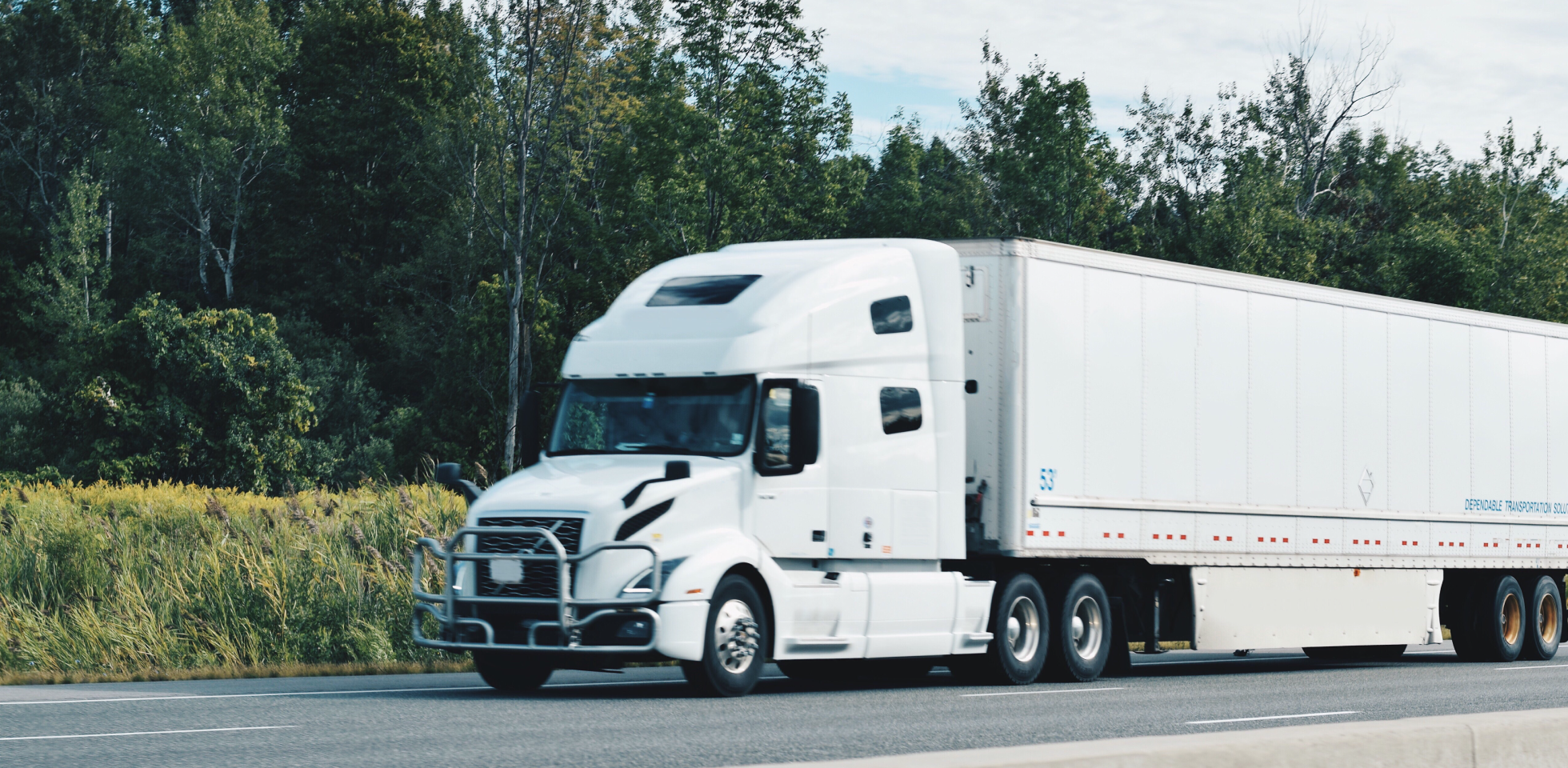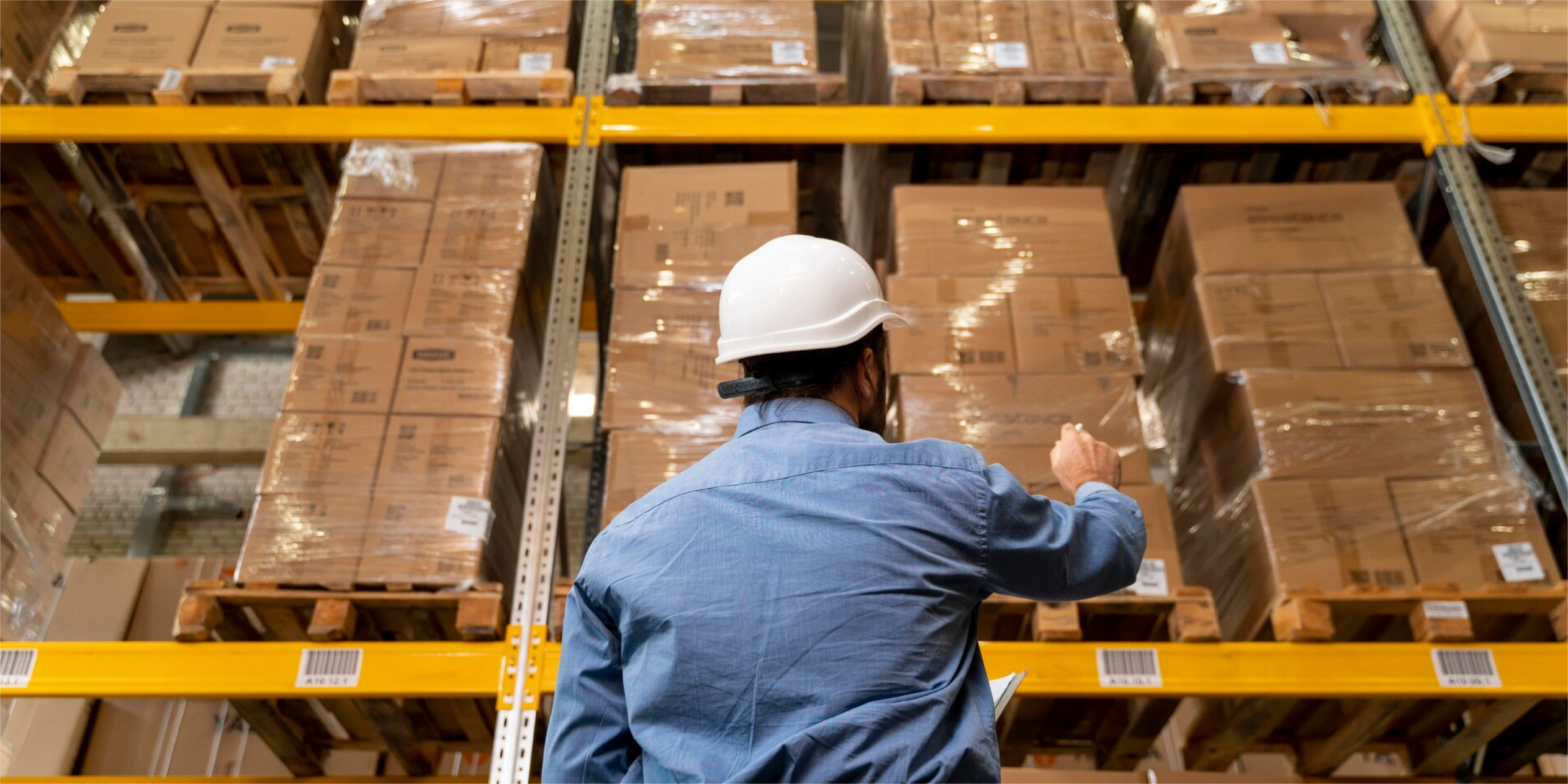Introduction: The Vital Role of Logistics in Latin America
In a globalized and highly competitive world, the development of efficient logistics systems is fundamental for the economic growth and commercial success of countries. In Latin America, this reality is no different, and that is why the Latin American Development Bank (CAF) has promoted the Regional Logistics Development Program (CAF-LOGRA) and the Latin American Logistics Profile (PERLOG). In this article, we will explore how these initiatives are driving a significant change in the logistics landscape of the region.
PERLOG: A Comprehensive Analysis of the Logistics Situation in Latin America
The Latin American Logistics Profile (PERLOG) is the result of an exhaustive analysis of the logistics systems of key countries in the region, such as Bolivia, Colombia, Ecuador, Mexico, Panama, Paraguay, Peru, and Uruguay. This initiative provides a detailed view of infrastructure, services, processes, information systems, management capacity, institutionalism, and regulation in the logistics field.
Challenges and Opportunities for Latin America
- Logistics Performance: The Path to Competitiveness:
According to the Logistics Performance Index (LPI), Chile and Brazil stand out in Latin America for approaching the best global standards. However, the rest of the countries in the region still face considerable challenges. The lack of quality in infrastructure and logistics services affects the competitiveness and commercial development of the region, increasing transportation costs and generating barriers for internal and external trade. - Challenges for Latin America in Logistics:
Latin America faces a series of structural and operational challenges in its logistics sector. Excessive dependence on external demand, scarcity of logistics operators, delays caused by customs and trade regulations, little automation, financing restrictions, and lack of specialized infrastructure are just some of the barriers that must be overcome. - The Role of Technology in Logistics Transformation:
Greater penetration of new technologies in the business field could be a catalyst for logistics transformation in Latin America. Countries like Mexico and Panama lead in this aspect, surpassing the Latin American average in the technology adoption index. The implementation of technologies such as automation, artificial intelligence, and data management can boost efficiency and competitiveness throughout the logistics chain. - Importation and Exportation: Challenges and Differences:
Foreign trade is a key piece in the Latin American economy. The value of container exports in the region is notable, only surpassed by North America and Africa globally. However, there are enormous differences in container importation and exportation costs between countries. It is essential to work on simplifying processes and reducing costs to improve competitiveness in the global market. - Infrastructure: A Determining Factor in Competitiveness:
Infrastructure plays a crucial role in Latin America’s logistics development. Countries like Mexico and Panama excel in this aspect, reaching levels similar to those of Europe. However, overall infrastructure in the region shows areas of opportunity to improve efficiency and connectivity. It is essential to invest in modernization and expansion projects to enhance competitiveness in the region.
Article The Future of Logistics in Latin America
- Strategy for Logistics Development:
To achieve sustainable and competitive growth in the future, Latin America must focus on a comprehensive strategy for logistics development. This involves the inclusion of low-integration territories, the continuous reduction of logistics costs, and the articulation of an efficient and hierarchical system. - Regional Cooperation and Opening to Asia:
Strengthening regional cooperation and promoting openness to Asia can be key to logistics development in Latin America. Greater integration and collaboration among countries can facilitate the circulation of goods and services, reducing times and costs in the supply chain. - Trends and Future Opportunities:
Latin America must prepare to face various trends and opportunities that will mark the future of logistics. The consolidation of China and Asia as main buyers of natural resources, the return of manufacturing to North America, the technological evolution of the transport market, and the expansion of the Panama Canal, among other factors, will be determinants in the region’s logistics landscape.
The Latin American Logistics Profile (PERLOG) has proven to be a valuable tool for understanding the challenges and opportunities of the logistics sector in the region. Through the implementation of effective strategies and leveraging global trends, Latin America can forge a competitive and efficient logistics future that will drive economic growth and improve the quality of life of its people.






